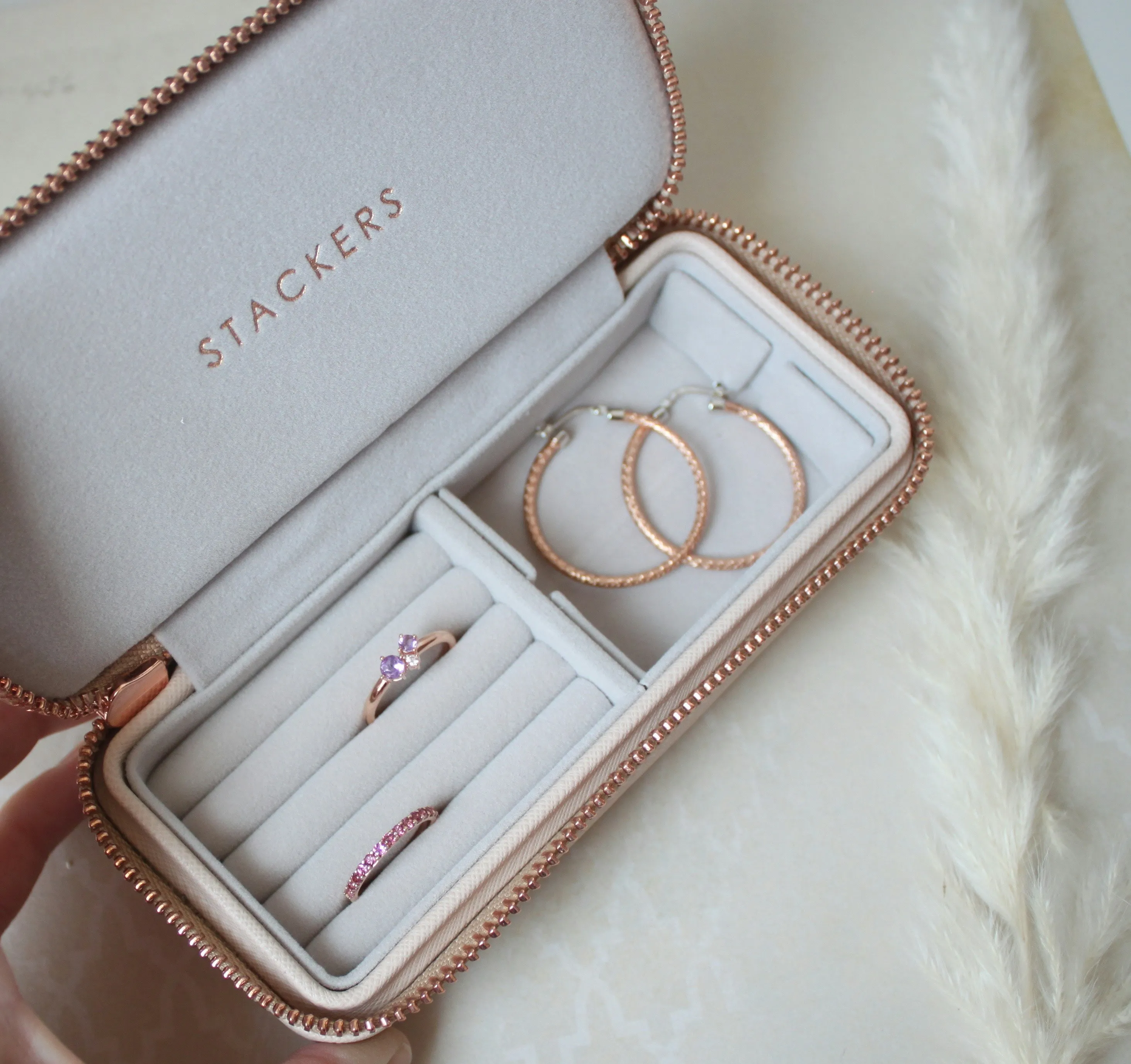This guide explains how to choose the right denier, fiber length, and adhesive for nylon flocking powder. It helps designers and buyers understand how
fiber thickness and length impact texture, adhesion, and durability on materials like paper, fabric, and plastic.
1、Understanding Denier and Fiber Length,What is Denier (D)?
Denier measures the thickness or coarseness of a fiber.
Produces finer fibers that are smoother to the touch. These are ideal for delicate materials like printed gift boxes and premium stationery.
High denier (6–15D):
Creates coarser fibers that are stronger and more durable—perfect for rougher, high-friction surfaces like shoes or automotive interiors.
2、Fiber length which directly impacts the feel, density, and visual appeal of the final flocked surface:
Short flock fibres
(0.3–1mm):
Result in sleek, even finishes—Flocking dust is great for flat print areas and small detailed logos flock printing.Medium flock fibres
(1–3mm):
Provide a velvety, dimensional effect, often used in shoe interiors and Christmas ornaments.Long flock fibres
(3–8mm):
Offer rich textures and greater thickness, typically used in decorative or plush products.

3、Depending on the product you're flocking, different combinations of D and length
nylon flocking fibers will offer better results:
|
Application Area |
Recommended Denier |
Recommended Length |
Why? |
|
Gift Boxes& Packaging |
1.5–2D |
0.3–1mm |
Soft, smooth finish with high detail |
|
Shoe Interiors |
2–6D |
0.6–1.5mm |
Comfortable, durable under friction |
|
Christmas Decorations |
3–8D |
1–3mm |
Colorful, plush visual appeal |
|
Furniture Upholstery |
8–15D |
1.5–4mm |
Dense feel, enhanced sound absorption |
|
Automotive Interiors |
3–10D |
1–2mm |
Balance of comfort and long-lasting wear |
4、The base surface you're applying to also matters:
Fabric:
Accepts a wide range of flocking material,denier and length, depending on texture and glue compatibility.
Plastic (PVC flocked material, ABS):
Usually needs mid-range denier (3–6D) for balanced coverage and strong adhesion.
Paper and Cardboard:
Requires fine denier (1–2D) to prevent uneven surfaces and ensure smooth coating.
5、Here’s how to choose fiber specs based on the visual and tactile goal you want to achieve:
|
Desired Finish |
Suggested Denier |
Suggested Length |
|
Smooth and Silky |
1.5D |
0.3–0.8mm |
|
Rich and Plush |
8–15D |
1.5–3mm |
|
Vivid Color Retention |
2–6D |
1–2mm |
|
High Durability |
6–15D |
2–4mm |
6、The interaction between flocking material, surface material, and adhesive quality directly impacts
whether your fibers stand upright—and stay there.
At Zhang’s Flocking, we’ve developed a range of adhesives that pair perfectly with our nylon flock fibres, polyester flocking fibre, and specialty powders,
ensuring seamless compatibility across industries and materials:
ZS-810 – A flocking adhesive,perfect for smooth paper and light-coated surfaces. It’s engineered to deliver strong, clean adhesion without oversaturation,
ideal for packaging and printed designs.
ZS-828 – Flock adhesive,designed specifically for rubber, EVA foam, and shoe applications. Its superior flexibility and hold make it the go-to choice
for high-performance products.
ZS-622 – A dual-component flock adhesive solution built for sponge, foam plastics, and porous surfaces. It penetrates evenly to form a firm, durable
bond that resists peeling and shedding.
Want expert advice on which flocking glue fits your specific project?
Let our technical team help you find the perfect pairing of adhesive + flocking powder. We offer free application consulting and sample testing for OEM/ODM clients.
Contact us today to request samples or speak to a specialist:
suki.phang@zhangsflock.com
7、Common Mistakes to Avoid
Using high-denier fibers on thin materials: When performing flock printing, using high-denier fibers on thin materials can lead to poor results.
For example, applying 10D fibers print on paper may cause poor adhesion and a rough finish.
Ignoring electrostatic settings: Each flocking powder length and thickness may require different voltages for proper vertical standing during flocking.
Mismatching flocking powder and flocking adhesive: If your glue doesn’t support thicker fibers, the flocking will either shed or clump.
Conclusion
Choosing the correct denier and fiber length is vital for achieving the perfect finish and functional performance when using nylon flocking powder.
Whether you're working with delicate packaging, rugged interiors, or decorative items, this decision directly affects how your product looks, feels, and lasts.
Need help picking the right flocking powder? Get in touch with Zhang’s Flocking for expert advice, product recommendations, or to request a free sample.
Frequently Asked Questions
- What is the best denier for nylon flocking powder used in packaging?
If you're aiming for a rich velvet-like finish on your packaging, 1.5D fibers with 0.3-0.8mm length create a luxurious touch your
customers will notice the moment they open the box.
2. Can I use 10D fibers for paper-based applications?
Not recommended. High denier fibers are too coarse for paper and may not adhere properly.
3. How does fiber length affect the softness of the flocked surface?
Shorter fibers produce a smoother surface. Longer fibers create a thicker, plush feel but may reduce precision.
4. Is there a standard D and length for flocking shoes?
Yes. Most shoe interiors use 2–6D fibers with 0.6–1.5mm lengths for softness and wear resistance.
5. What adhesive works best with high-denier nylon flocking powder?
We recommend ZS-828 or ZS-622 adhesives, which are specially formulated for thick fibers and high-friction use cases.
If you're considering alternatives to nylon, be sure to read our [Polyester vs. Nylon: Which Flocking Powder Is Better for You?]
About Us:How Zhang’s Flocking Supports Your Selection Process
At Zhang’s Flocking, we offer more than just material supply—we support your selection with practical, industry-specific expertise:
Sample testing:Compare different deniers and lengths before production.
Custom specs:Tailored D, length, and color for specific needs—from snow flocking powder to high-friction applications.
Technical support:25+ years of experience to help you avoid mismatches and performance issues.
Machine compatibility:Our flocking equipment (e.g., JF2000) is designed to run seamlessly with 1–60D nylon fibers.








